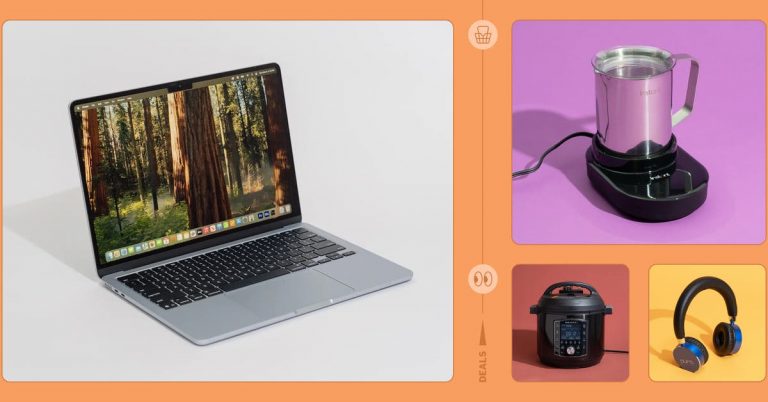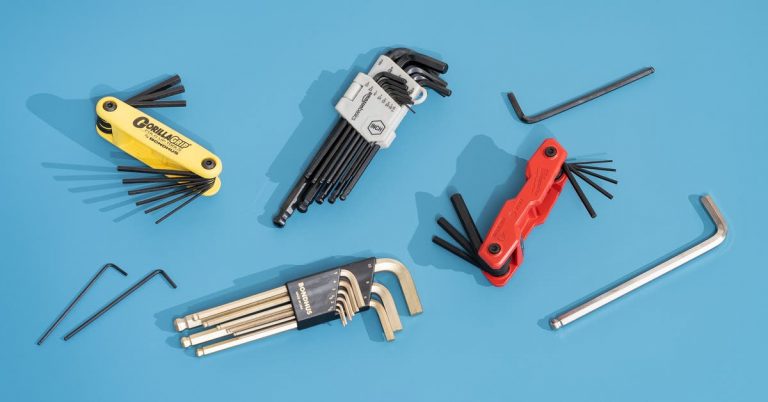The 3 Best LCD/LED TVs of 2025

Top pick
Important specs
| Screen sizes (inches) | 55 (55U8N), 65 (65U8N), 75 (75U8N), 85 (85U8N) |
| Backlight type | mini-LED with local dimming |
| Refresh rate | 120 Hz (up to 144 Hz) |
| Color tech | quantum dots |
| HDR formats | HDR10, HDR10+, HLG, Dolby Vision |
| HDMI connections | two HDMI 2.1 (one eARC), two HDMI 2.0 |
| Smart-TV platform | Google TV |
| TV tuner | ATSC 3.0 |
The Hisense U8N is the LCD TV to buy if you want the latest advances in performance and features but don’t feel the need to pay a premium for the nth degree of performance and polish.
This TV’s image contrast almost rivals OLED quality. For years LCD TVs have been in an arms race in pursuit of increasing brightness, and if I were judging by brightness alone, I would’ve recommended the TCL QM8, the 2024 version of our 2023 top pick, which exceeds 3,000 nits of sustained brightness. But the QM8 gets almost too bright, resulting in slight but appreciable lightening of its shadow tones during tricky HDR scenes. And videophiles generally prefer OLED TVs because of their perfect black levels.
The Hisense U8N is almost as bright—in our tests we found a sustained brightness just shy of 3,000 nits in the TV’s Dolby Vision IQ picture mode—but that isn’t what makes it stand out from the competition. This TV’s strength is that it maintains inky black levels even while it’s blasting your eyes with searing highlights, creating amazing contrast. It’s still no match for an OLED, but it gets darn close. While watching Batman Begins, I found that the U8N compared very favorably to Sony’s new Bravia 9 mini-LED flagship—a TV that costs almost $2,000 more in the 65-inch size.
Quantum dots make for a vivid color presentation. Currently, almost every TV available can create 100% of the colors required for standard (non-HDR) content. But traditional LCD designs struggle to compete with OLED TVs to handle the wider HDR color range. They need a little help from their friends—namely, nanocrystal particles called quantum dots.
The U8N’s quantum-dot color, combined with its heady brightness abilities, can make for some very beautiful presentations. The results aren’t as colorful as what you can get from price-premium OLED TVs and LCD TVs such as our upgrade pick, but you’re still likely to be impressed by its range of hues.

This TV excels when showing high dynamic range (HDR) video. The U8N’s excellent brightness, contrast, and color, along with its support for all of the major HDR formats—including Dolby Vision—make it an especially good choice for people who primarily watch HDR sources.
In fact, following a trend over the past few years, the U8N actually looks better when it’s handling HDR content than it does with SDR or lower-resolution content. Out of the box, it’s better calibrated for HDR performance than SDR performance, too. Even in its Theater Night SDR picture mode, it averages over 1,200 nits of brightness. Subtlety is not its strong suit.
Gamers will love the combination of features and speed. The U8N’s Game picture mode offers excellent picture quality while enabling the full suite of HDMI 2.1 features, including gaming at 4K resolution at a native 120 Hz refresh rate (up to 144 Hz with the appropriate PC graphics card), variable refresh rate (VRR) support, and support for 1440p resolution, FreeSync, and G-Sync.
The cherry on top is the U8N’s low input lag. Using a Leo Bodnar input-lag tester, I measured just a little over 13.1 milliseconds with a 4K 60 Hz signal, and you can expect about half of that while gaming in 4K 120 Hz. I still wasn’t able to pull off frame-perfect lightning uppercuts while playing Tekken 8 on the PlayStation 5, but that wasn’t the TV’s fault: These hands are getting older.

The design is sturdy, especially for what you’re paying. The U8N has better build quality than some similarly priced competitors, as it leans more to the industrial/metal side than the cheap plastic side.
If you opt for the 65-, 75-, or 85-inch model, the stand is centrally placed, which allows it to work well with a variety of TV furniture pieces, even those on the narrower side. The stand is a big, ugly hunk of metal covered with thick molded plastic, but sturdy and unsightly is better than pretty and flimsy. In contrast, the 55-inch model has two wide-set feet, so if you intend to get that size, measure your TV furniture in advance.
As smart-TV platforms go, Google TV is our favorite. It’s snappy, intuitive, non-proprietary, and generally well maintained where app and security updates are concerned. The U8N is equipped with Wi-Fi 6, Bluetooth 5.0, ATSC 3.0 (for 4K broadcasts), and compatibility with Alexa and Google Assistant. And naturally, because it’s Google TV, casting from a second device is exceedingly easy to do.
Flaws but not dealbreakers
Early versions of this TV were glitchy. One of the first things I noticed about the U8N was a weird quirk where, when I set the volume to 0, the mute icon stayed on the screen indefinitely. This got me curious about glitches that other reviewers may have encountered, and I found sources I trust reporting issues with over-brightening HDR content and bugs with VRR in video games. My U8N loan sample didn’t have those issues, but it’s clear that Hisense did only so much QA testing before releasing this TV to the public, as the company has released several firmware updates already.
Most of these issues are minor considering how the vast majority of people use TVs, and Hisense is addressing problems as they arise—but it’s worth being aware.
You don’t get the best horizontal viewing angles. As with most LCD TVs, the U8N’s viewing angle—how well the image holds up when you’re watching it from off to one side—isn’t best-in-class.
Viewers sitting front and center will have no issue, but if you hope to give significant groups of people the best viewing from around a large room, you may want to consider springing for our upgrade pick instead.
The U8N’s rendering of sub-4K video could be better. As I said above, the U8N is at its best when playing 4K HDR content, but it doesn’t do as good a job of upconverting lower-resolution video.
For most people, this isn’t a problem: Even YouTube is available in 4K resolution nowadays. But if you have a substantial library of DVDs, and you plan to buy this TV, you may want to invest in a Blu-ray player with a good built-in upscaler.
You don’t get the same performance from every size. The 55-inch U8N allegedly has a peak brightness of only 1,800 nits, versus around 3,000 nits for the larger sizes, so if you really need that extra brightness for bright-room viewing, you should either buy one of the larger sizes or spend more for the 55-inch version of our upgrade pick.
And keep in mind that the 75-inch U8N uses a different panel type than the other sizes, so its contrast is marginally worse. On the other hand, the U8N Series’s contrast is already so good that we can’t imagine that this drawback is a realistic deterrent for anyone but the most hardcore videophile.
Recommended settings
If you want the most accurate picture settings, we recommend setting the Hisense U8N to its Filmmaker Mode picture mode. This setting is highly accurate in SDR. My U8N sample also tested well in its HDR Filmmaker Mode, but other reviewers have reported problems with over-brightening, as the TV gets too bright too quickly when it transitions from black to white.
Hisense is allegedly aware of that issue, so if the results from Filmmaker Mode look off to you in HDR content, make sure that you’ve updated the TV to the latest firmware.
Once you’ve set the TV to Filmmaker Mode, go into the advanced picture settings and confirm that the Local Dimming and Peak Brightness settings are set to High. You should also set the Color Temperature to Warm 1—as of the latest firmware, Warm 1 is more accurate than Warm 2.







